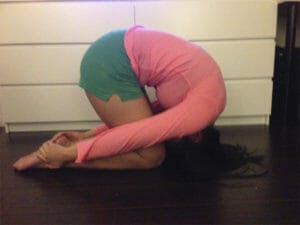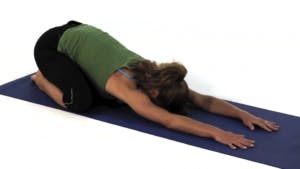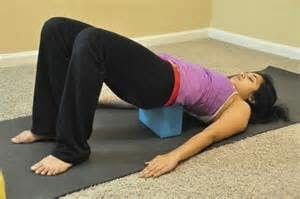Advanced Workout
The advanced workout routine incorporates the use of plyometric drills and various free weight workouts to give the participant a strength training routine that should also increase heart rate and challenge the cardiovascular system. Plyometric exercises are force-producing movements that incorporate multiple muscle groups and feature an element of coordination. Plyometric drills, in this routine, will involve jumping and throwing a weighted exercise ball. It is extremely important that the participant have good body awareness and a strong core, as these drills are challenging and can cause injury if performed incorrectly. It is also important to complete an active warm up before starting plyometric exercises. Use the following parameters below when performing the routine while also performing the exercises in the order they are provided to avoid fatigue.
Parameters
• Complete all four workout splits each week, ideally with one day separation between each workout
• Perform 3-5 sets of 8-12 reps of each resistance exercise.
• Perform 3 sets of 10-15 reps of each plyometric drill. Number of reps can be increased as you progress.
• Perform the exercise routine for 8 weeks. After this point, the workout will need to be adjusted for accommodation.
• On off days focus on cardiovascular exercises. Cycle, run, hike, elliptical, rowing, stadiums…whatever you enjoy and feel comfortable with.
• Perform a quick 10-15 minute cardio warm up prior to each exercise session.
A:
- Box jumps
- Landmine deadlift
- Forward/backward lunges with barbell
- Wall chest pass with weighted exercise ball
- Battle rope circles
- Single arm shoulder press with barbell in corner
- Lawnmowers with dumbbell
B:
- Scissor jumps
- Back squat
- Side lunges
- Single leg step downs with dumbbells
- Half kneeling side toss with weighted exercise ball
- Upright row + overhead press (superset)
- Skull crusher + close grip press with easy bar (superset)
C:
- Skater jumps
- Front squat
- Single leg split squats with dumbbells
- Overhead toss with weighted exercise ball
- Bicep curls in half kneel
- Pull up + dips (superset)
- Low row with barbell
D:
- Toe taps on box
- Single leg press
- Double leg deadlift with barbell
- Nordic hamstring curls
- Chops/lifts
- Dumbbell chest press
- Farmer walks



